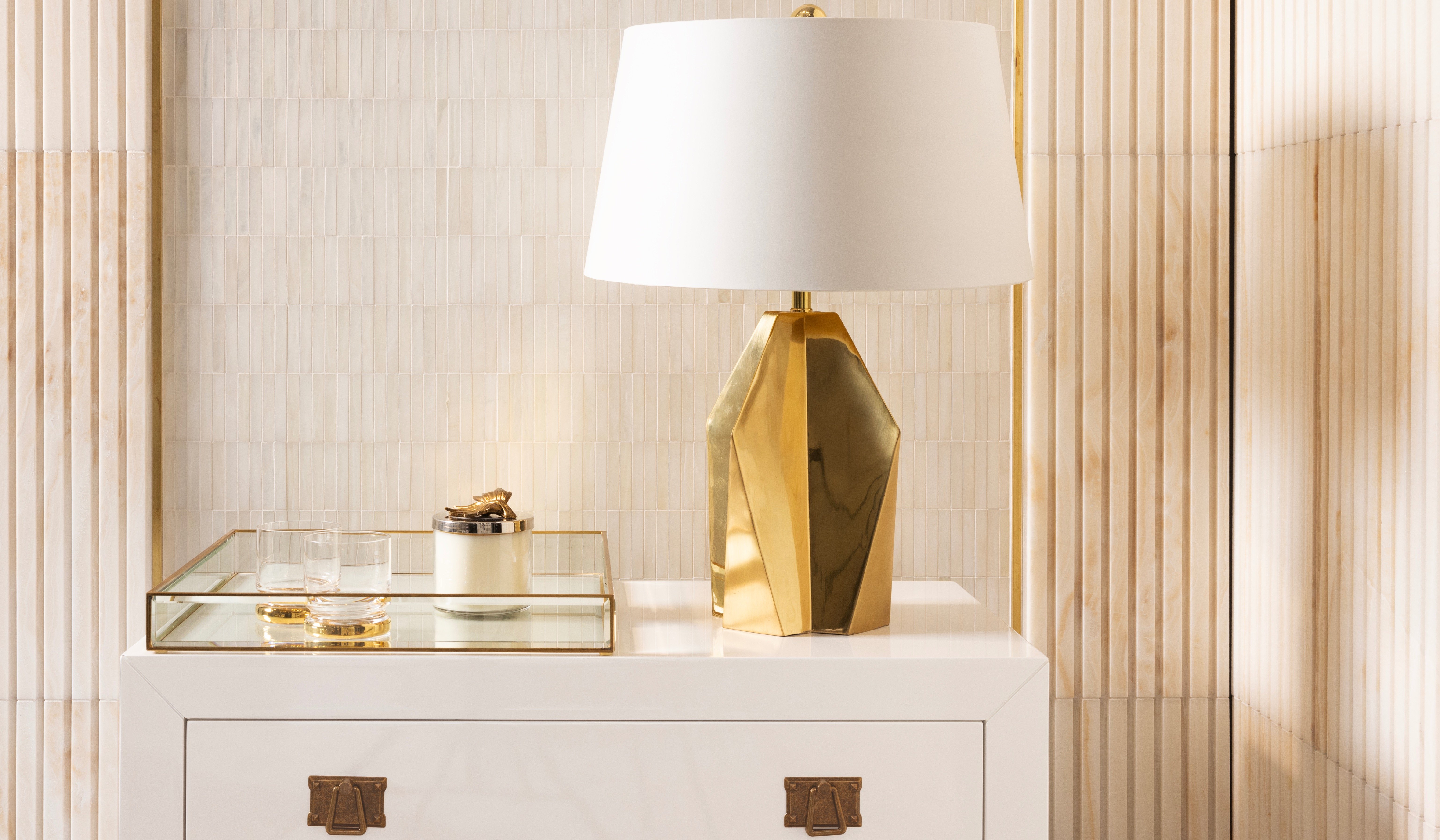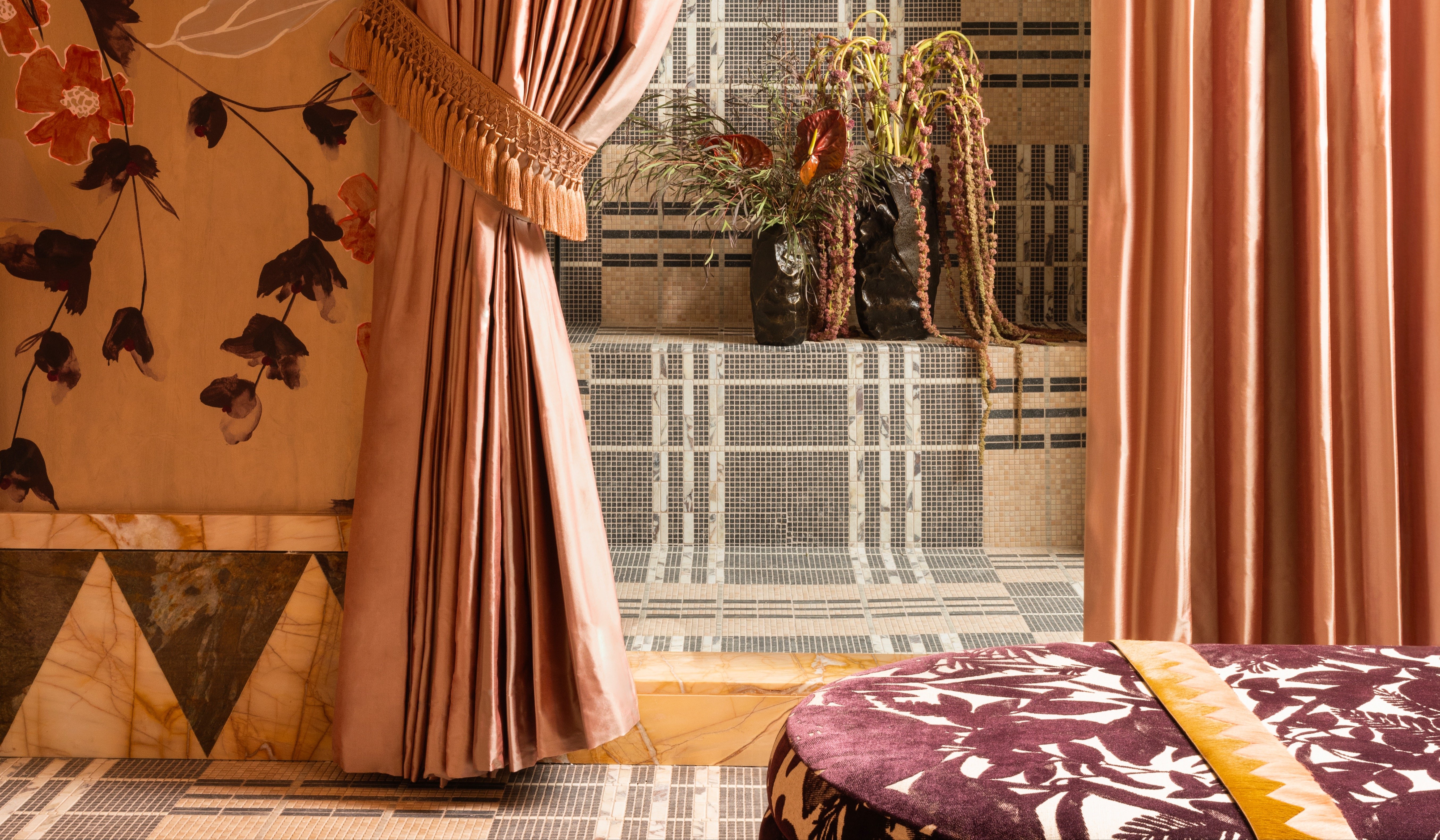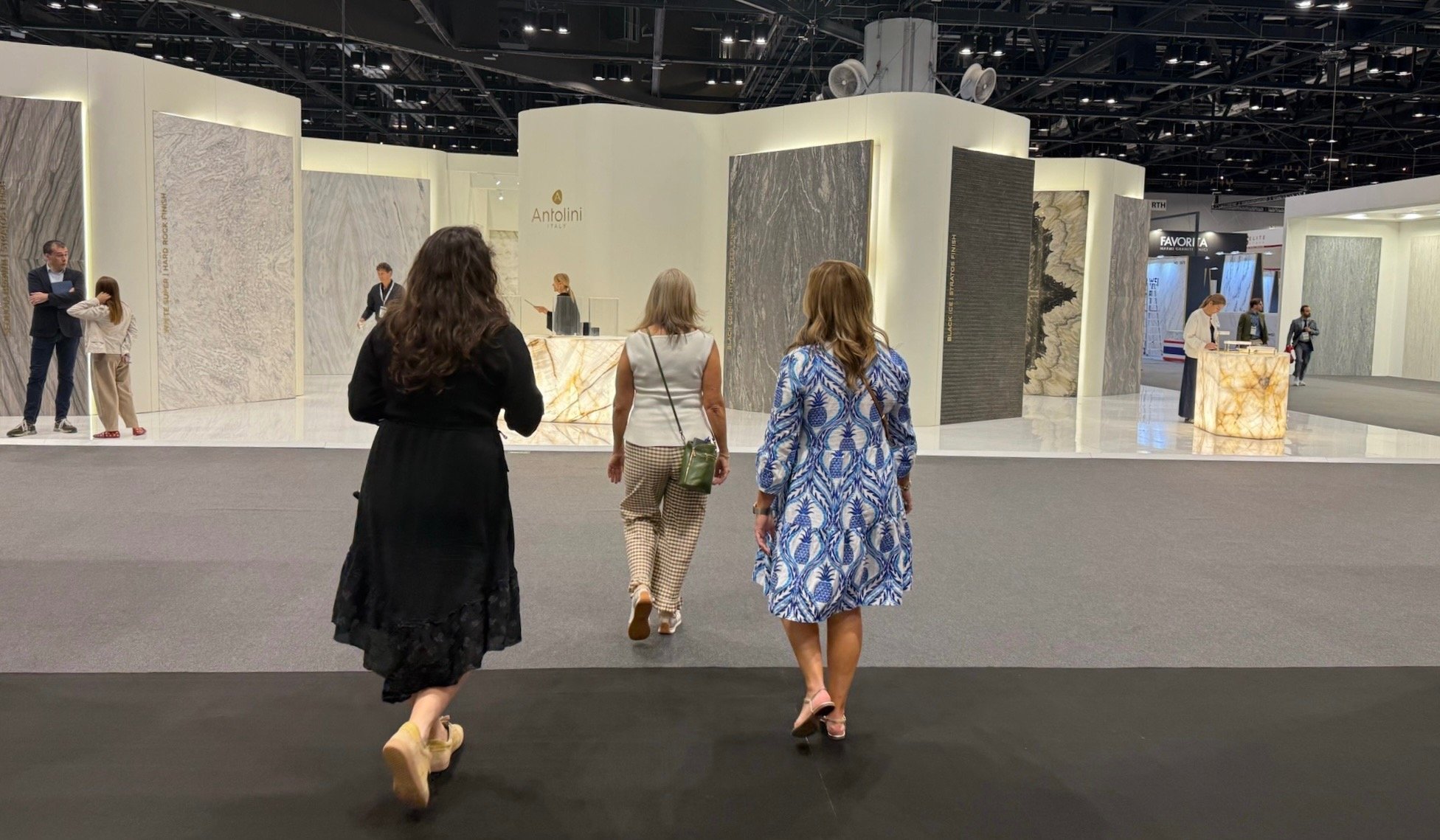Sustainability is a hot topic. This buzzword means different things from one industry to the next. In interior design, it involves selecting materials and processes that limit waste. How this is accomplished depends on the project’s location, scope, and desired materials. Regardless of aesthetic considerations, opportunities abound for producing beautiful spaces with a minimal environmental impact.
At one time, sustainability was little more than an afterthought in interior design. Often, designers and their clients opted for layouts, materials, and installation efforts that required extensive energy usage not only during the design process, but also, far into the future.
In other cases, people have pursued flimsy projects that form the design equivalent of fast fashion. Now, however, designers are aware of the need for the responsible use of natural resources — and the increased value of components that are both physically and stylistically durable.
The value of sustainability is built right into today’s interior design curricula. It can also be seen in several of the most in-demand products. In the world of ceramics, for example, Dakota Cascade exemplifies the value of timeless subway tile, which can be trusted to look relevant for years to come. Keep reading to discover more instances of sustainable design in action:
Space
These days, the concepts of minimalism and sustainability coalesce to bring a purposeful slant to all things design. These ideals are best applied when you and your designer thoroughly understand the realities of the space in which you’re working. Often, desired aesthetics can be achieved without excessive use of unsustainable materials.
Energy Efficiency
A variety of choices that improve the look of your space can also enhance efficiency. Skylights and windows are top options for improving illumination, while certain materials influence how light bounces or is reflected. This, in turn, limits the need for lighting installation.
Heating and cooling should also be considered. Dense materials such as stone and cement keep homes cool — even during the hottest summer days. This is certainly the case for Arabescato marble, which keeps your home comfortable while also adding an exquisite look with its dramatic veining.
As you consider energy efficiency, don’t forget about how your favorite materials are produced. Stellar ups the ante for sustainability, as it’s developed in a factory powered by solar panels and a closed water system that limits waste.
Ethically-Sourced Materials
Organic is the clear solution for ensuring maximum sustainability, right? Think again. While this concept can be valuable, the ethics of sourcing must also be considered. Many designers prefer to work with highly renewable materials, along with options that can be removed from their environment in the most ethical manner possible.
Recycled content and reused scrap can prevent sound materials from ending up in landfills while also limiting energy use. Dakota Cascade Ceramic incorporates rejected roof tiles and many other recyclables which make up a quarter of the ceramic’s composition. Salvatori’s Romboo delivers instant visual interest with unconventional offcuts of the popular Bamboo texture.
Non-Toxic
When considering sustainability, many people forget about the potential for toxic gas production. Therein lies the value of brick, which, due to its natural makeup, is able to avoid this problem. Chelsea Brick gives a powerful nod to this classic material. Meanwhile, ceramic’s toxicity can vary from one product to the next, so examine your options carefully before choosing a design.
Longevity
Durability is a prized quality in today’s eco-friendly design industry. The most desirable materials hold up to wear and tear, particularly in high-traffic areas. Consider how these might be repurposed later on to extend the material’s lifespan. Salvatori’s Lithoverde accomplishes this and is composed of 99% repurposed material, earning the collection the title of “the world’s first recycled stone.” This sustainable design has earned Lithoverde numerous awards for its innovation and positive contribution to the environment.
Healthy Environment
The materials you select can influence how you behave on a day-to-day basis. This, in turn, determines your carbon footprint. Seemingly small considerations such as adjustable windows and even indoor plants can have a huge impact.
Your design choices can have a huge impact on the environment. Take your time to explore the many options available for making your project as eco-friendly as possible. You’ll find plenty of ideas in our 2021 Tile Forecast or within our showrooms. Contact us today to make an appointment so you can see our cutting-edge concepts in action.

.jpg)
.jpg?width=1000&name=Dakota%20Cascade_Cover%20Photo%20(1).jpg)
.jpg?width=1000&name=Stellar%20Chevy%20(1).jpg)
%20(1).jpg?width=1000&name=Romboo%20(Pietra%20dAvola)%20(1).jpg)
.jpg?width=1000&name=Chelsea%20Brick%20(1).jpg)
.jpg?width=930&name=Lithoverde%20(1).jpg)



